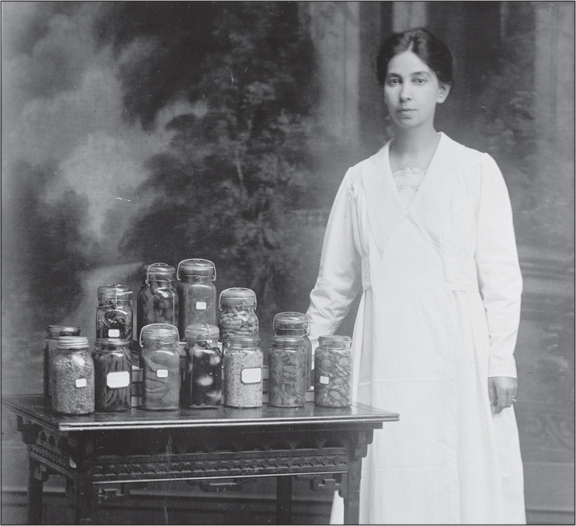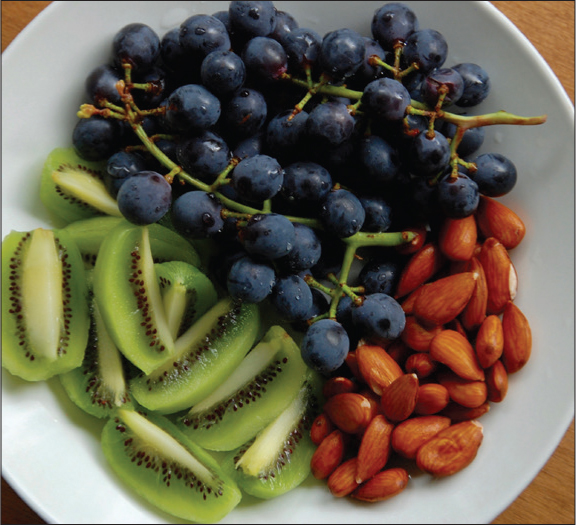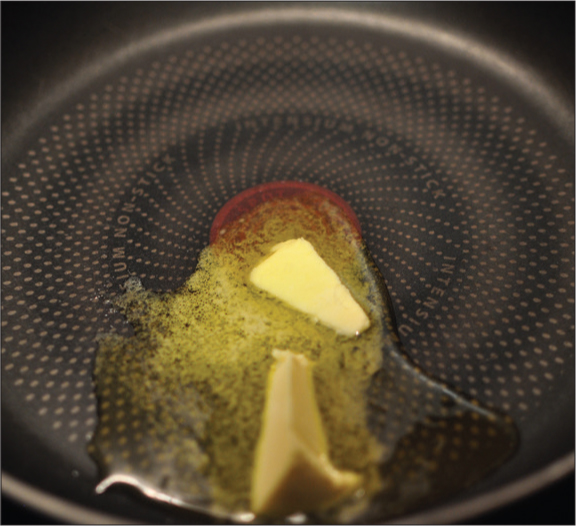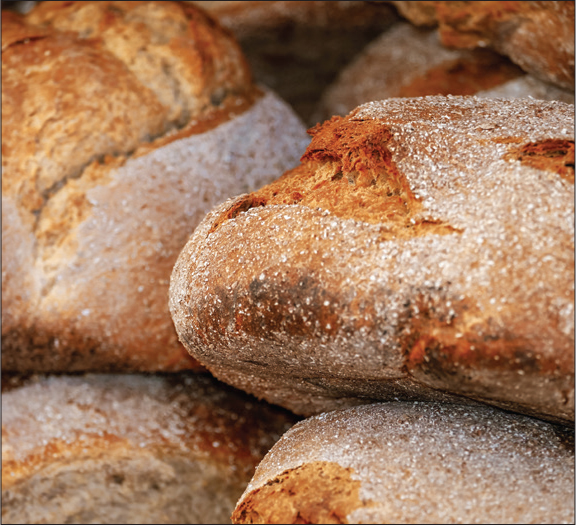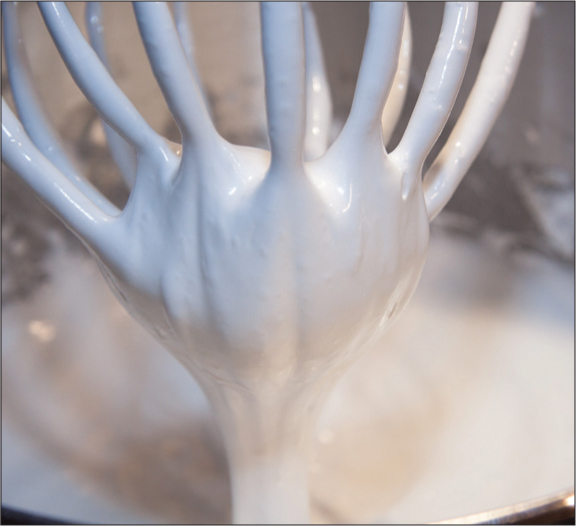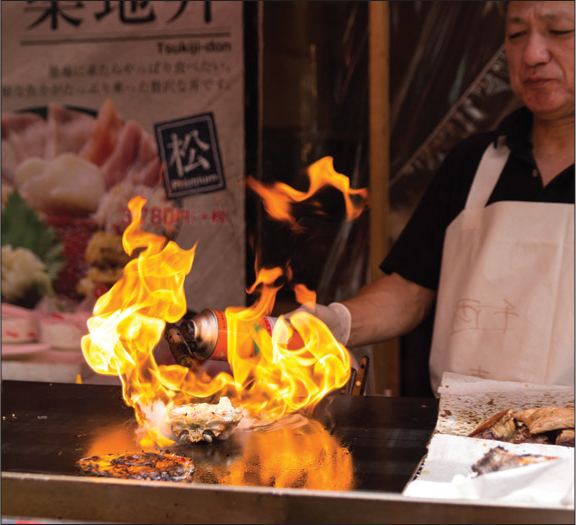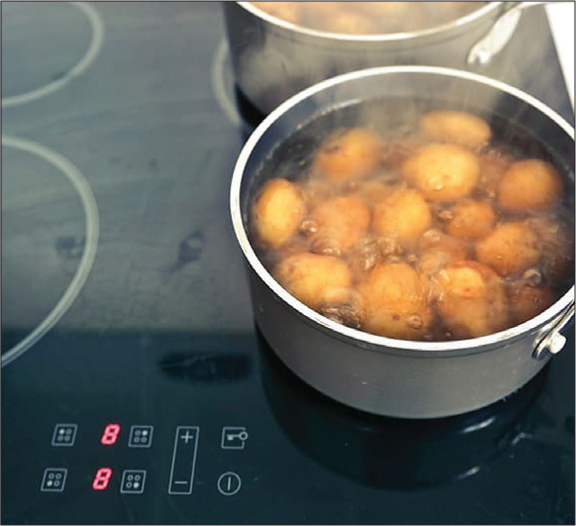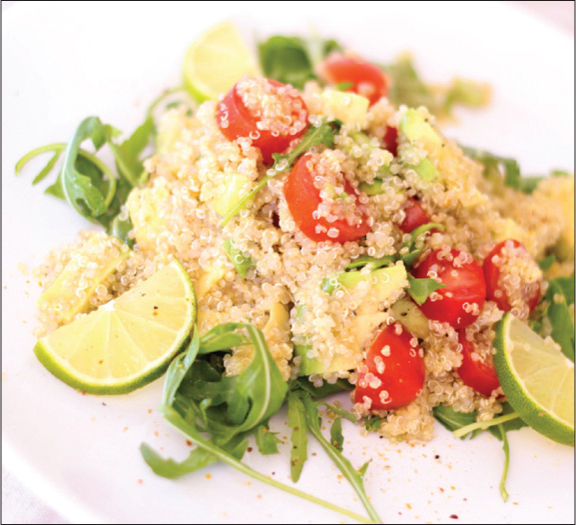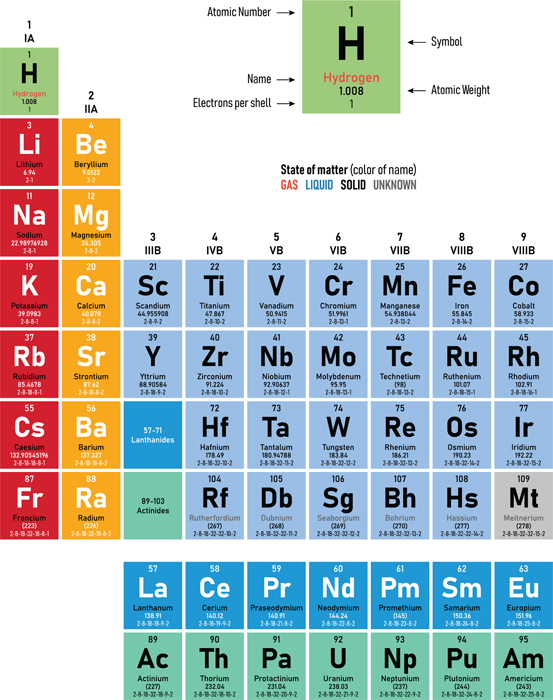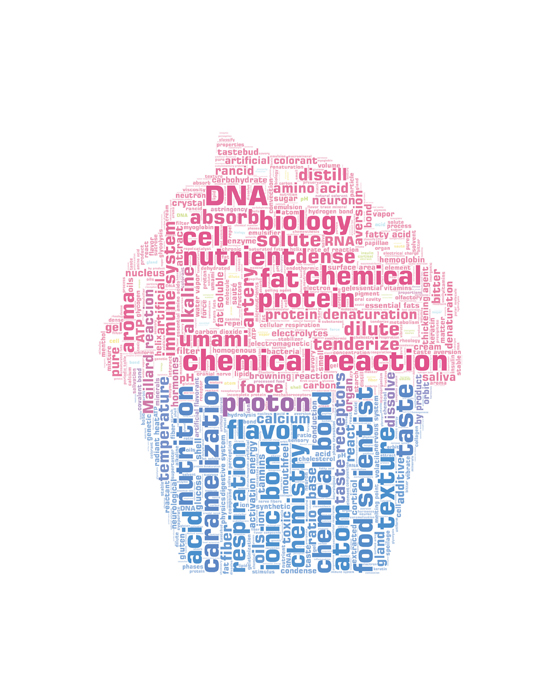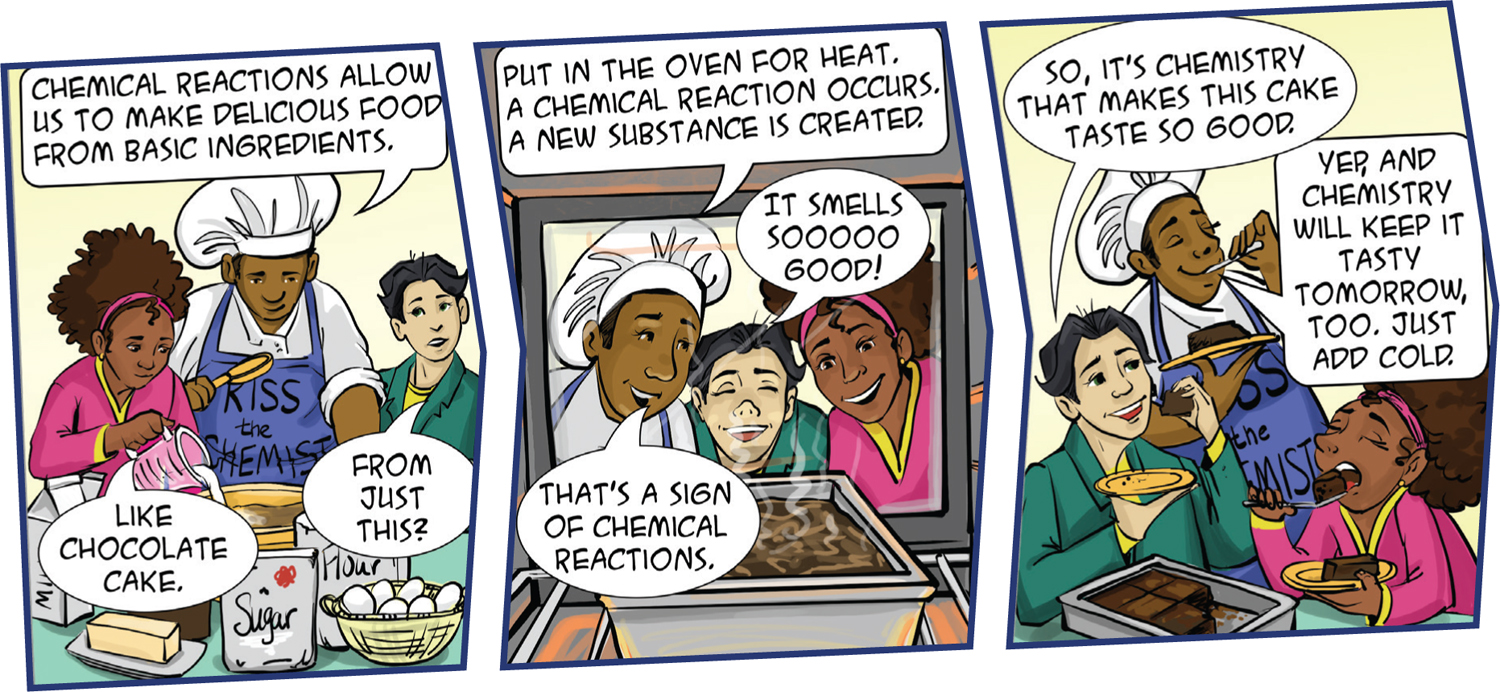Carla Mooney - The Chemistry of Food
Here you can read online Carla Mooney - The Chemistry of Food full text of the book (entire story) in english for free. Download pdf and epub, get meaning, cover and reviews about this ebook. year: 2021, publisher: Nomad Press, genre: Children. Description of the work, (preface) as well as reviews are available. Best literature library LitArk.com created for fans of good reading and offers a wide selection of genres:
Romance novel
Science fiction
Adventure
Detective
Science
History
Home and family
Prose
Art
Politics
Computer
Non-fiction
Religion
Business
Children
Humor
Choose a favorite category and find really read worthwhile books. Enjoy immersion in the world of imagination, feel the emotions of the characters or learn something new for yourself, make an fascinating discovery.
- Book:The Chemistry of Food
- Author:
- Publisher:Nomad Press
- Genre:
- Year:2021
- Rating:4 / 5
- Favourites:Add to favourites
- Your mark:
The Chemistry of Food: summary, description and annotation
We offer to read an annotation, description, summary or preface (depends on what the author of the book "The Chemistry of Food" wrote himself). If you haven't found the necessary information about the book — write in the comments, we will try to find it.
A fun way for middle schoolers to learn about chemistry--through food! Includes hands-on science projects and graphic novel type illustrations. Why does tomato sauce taste different from fresh tomatoes? Why does pasta go limp when you cook it in boiling water? What makes ice cream melt? In The Chemistry of Food , middle school readers learn the science behind the food they love to eat as they explore the chemistry within the meal, how nutrition works, what creates flavor, and why texture is important. What better place to learn the fundamentals of chemistry than in the kitchen? This book offers detailed explanations of five ways chemistry is part of the food they eat. Hands-on, science-minded investigations, links to online resources and media, career connections, and text-to-world questions all create a delicious learning experience for ages 12 to 15. Plus recipes! Throughout The Chemistry of Food , kids encounter essential topics and questions to encourage critical thinking skills, hands-on STEAM activities that encourage creative thinking, graphic novel style illustrations, and more!
Links to online resources provide a digital learning experience that integrates content with an interactive platform.
Investigations include caramelizing sugar, baking the perfect chocolate chip cookie, experimenting with texture, and conducting a blind taste test.
Essential questions guide readers investigations while hands-on activities promote critical and creative problem solving, and text-to-world connections highlight the way the past provides context for the present-day world.
Aligns with Next Generation Science Standards for middle grade Matter and Its Interactions, Chemical Reactions, and Acids/Bases.
About the Inquire & Investigate series* and Nomad Press Nomad Press books in the *Inquire & Investigate series integrate content with participation, encouraging readers to engage in student-directed learning. Combining content with inquiry-based projects stimulates learning and makes it active and alive. Nomads unique approach simultaneously grounds kids in factual knowledge while allowing them the space to be curious, creative, and critical thinkers. All books are leveled for Guided Reading level and Lexile and align with Common Core State Standards and Next Generation Science Standards. All titles are available in paperback, hardcover, and ebook formats.
Carla Mooney: author's other books
Who wrote The Chemistry of Food? Find out the surname, the name of the author of the book and a list of all author's works by series.

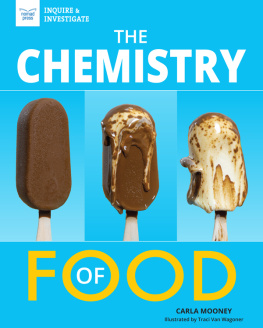
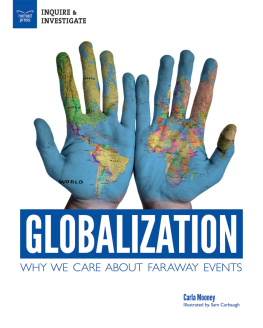
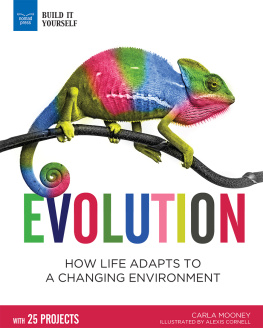


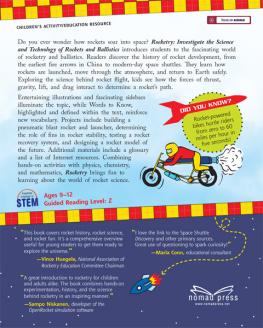


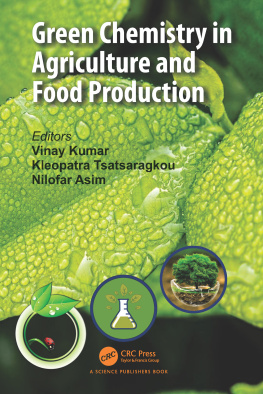
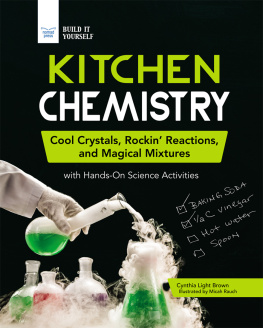
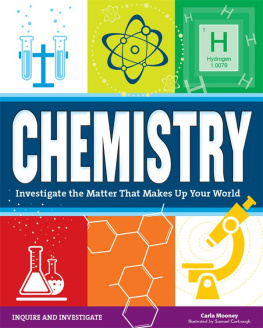
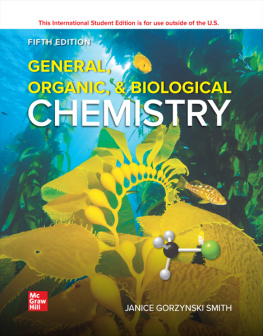
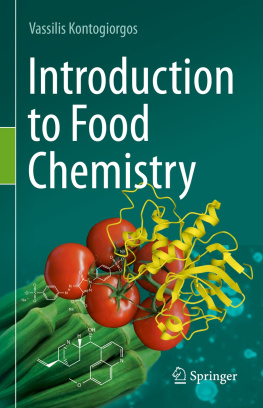
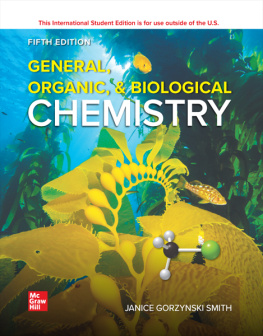

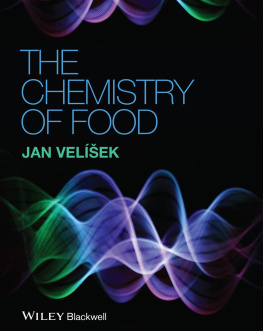
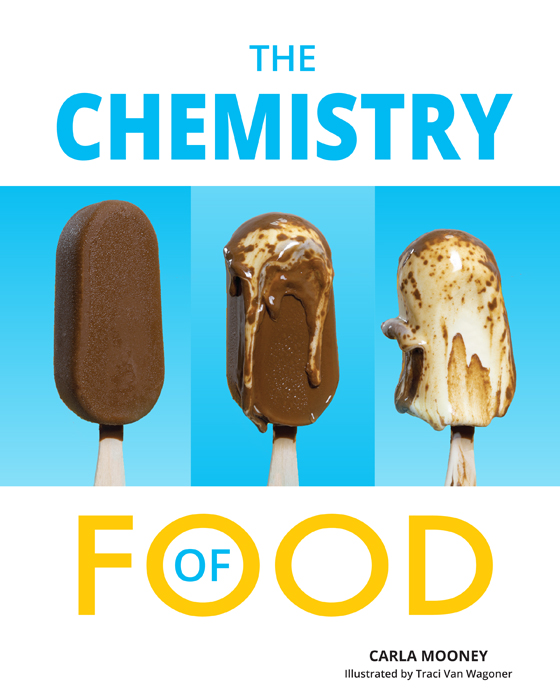

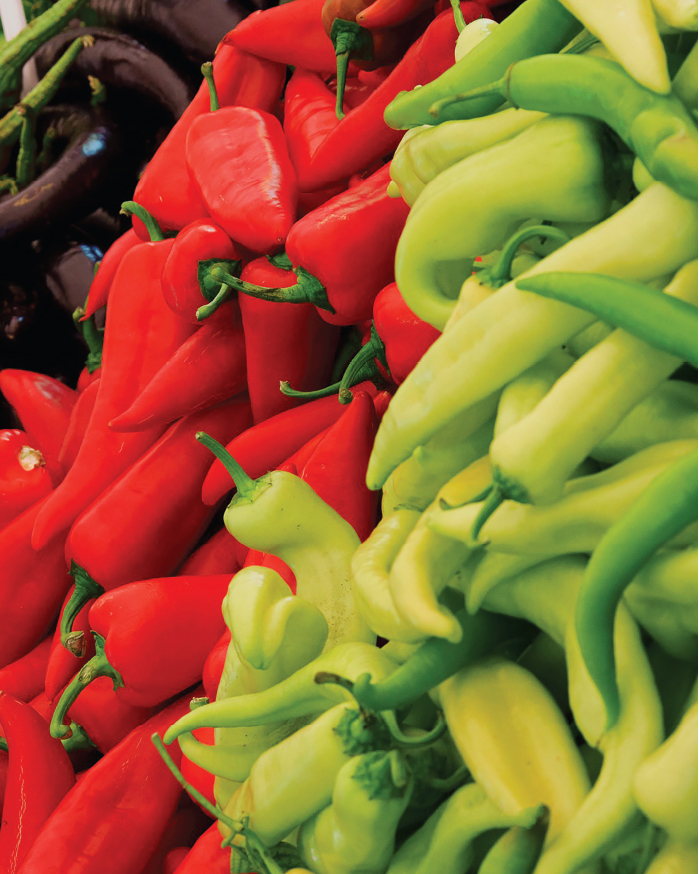
 Interested in primary sources?
Interested in primary sources? food chemistry
food chemistry